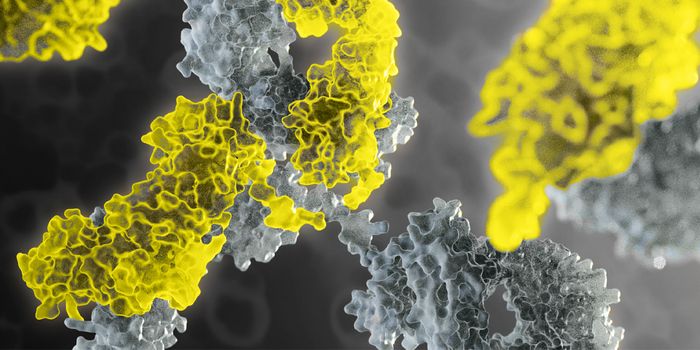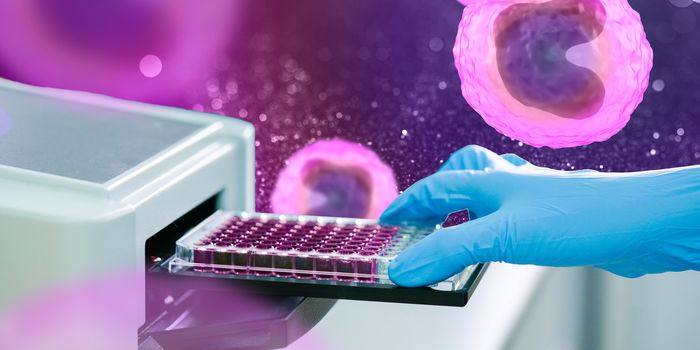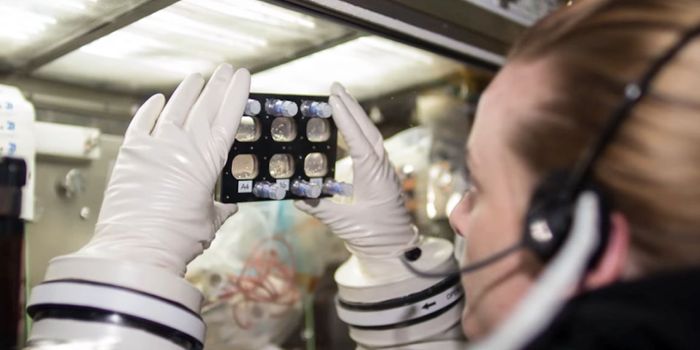Combining Treatments to Improve Acute Myeloid Leukemia Therapy
Acute myeloid leukemia (AML) is a type of blood cancer that prevents the complete maturation of stem cells. These immature stem cells accumulate in the blood and interfere with healthy blood cells. AML, being a complex disease with many different sub-types, is notably a challenge to treat. Five-year survival rates are as low as 30%.
One of the more common subtypes of AML is characterized by the FMS-like tyrosine kinase 3 (FLT3) internal tandem duplication (FLT3-ITD) mutation. Essentially there is an extra FLT3 gene where there shouldn’t be. FLT3 is a critical player in the differentiation of stem cells into mature cells, and too much of it in the cell can lead to runaway proliferation and cancer transformation.
FLT3 tyrosine kinase inhibitors (TKI) are a class of cancer drugs that specifically target FLT3. Gilteritinib is a new TKI with fewer side effects than other FLT3 TKIs, though it only has mild anti-cancer effects. Another FLT3-TKI, sorafenib, has had success in combination with the clinical drug arsenic trioxide (ATO). A team from the School of Medicine at Shanghai Jiao Tong University in China hypothesized that combining gilteritinib with ATO could result in a synergistic similar anti-cancer effect.
Beginning with in vitro cell assays, they found that gilteritinib, in combination with ATO, worked better at reducing cell proliferation, invasion, and increasing cell death by apoptosis than either alone in FLT3-ITD cell lines. Further investigation showed that FLT3 was not the source of the synergy between the two drugs, but genes involved in endoplasmic reticulum stress were. One gene, IRE1a, has a role in a cell death pathway called apoptosis. Gilteritinib suppressed IRE1a expression, but cotreatment with ATO rescued IRE1a expression and induced cell death in cancer cells. The synergistic anti-cancer activity was confirmed in a mouse model, which showed combination therapy could reduce tumor growth better than either drug alone.
Other studies have similarly found that the addition of ATO to an FLT3-TKI could improve a treatment’s anti-cancer effects. Gilterinitib is a second-generation FLT3-TKI, with far fewer side effects seen from other FLT3-TKIs. The team found that combining gilteritinib with ATO, or possibly any drug that induced endoplasmic reticulum stress, could result in a far better therapy than either alone. The group concluded, “Our findings may provide a new target for combination treatment and a novel theoretical basis for the treatment of FLT3-ITD positive AML patients.”
Sources: Cancer Cell International, OncLiveTV









